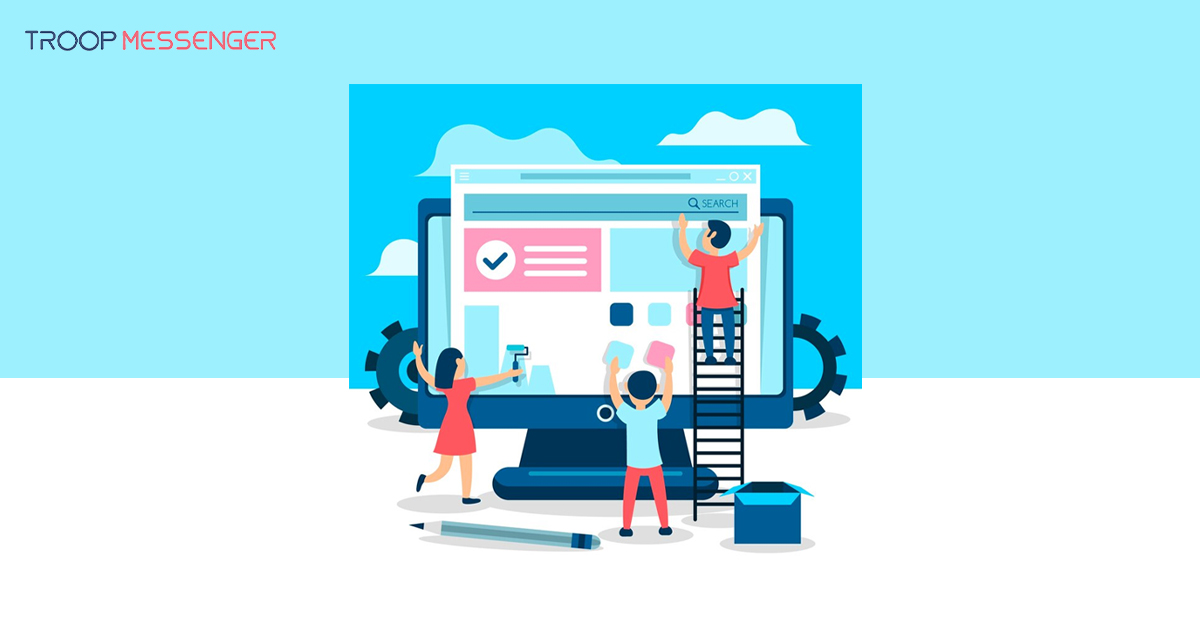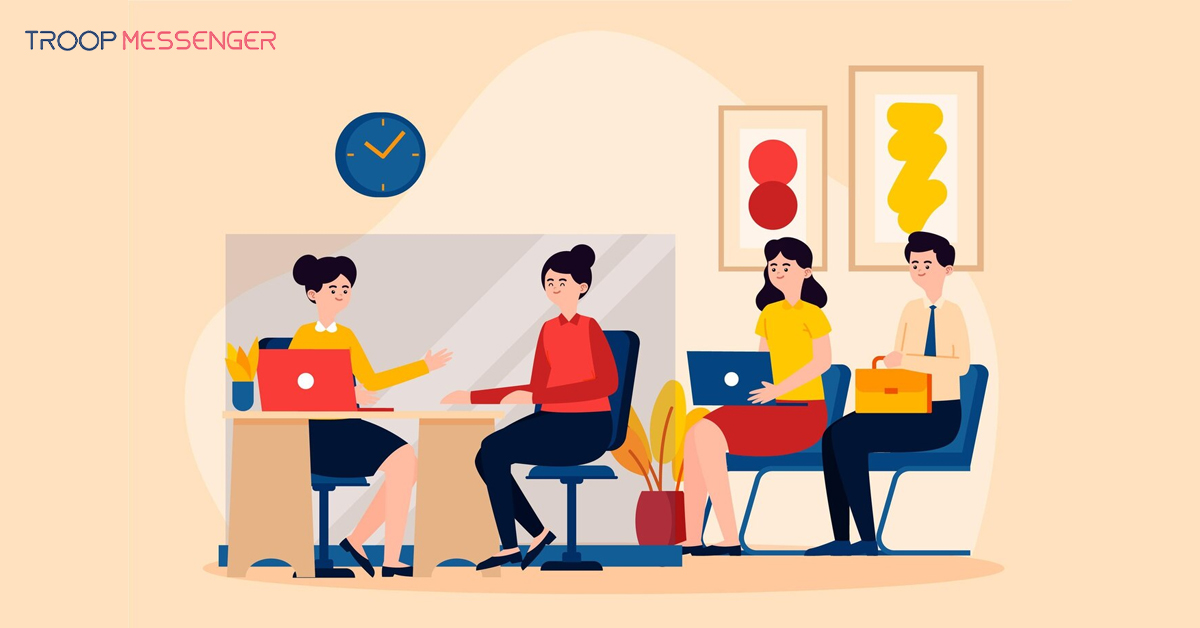Connect with us

Beyond Aesthetics: Understanding the Role of Functionality and Usability in Exceptional Website Design
In the realm of website design, aesthetics often steal the spotlight, with discussions revolving around visual appeal, color schemes, and typography. However, exceptional website design goes beyond mere aesthetics—it seamlessly integrates functionality and usability to create engaging and effective digital experiences for users. In this article, we delve into the critical role of functionality and usability in website design, exploring how they contribute to creating exceptional digital experiences.
Convenience implies how effectively clients can move around and draw in with a site, while usefulness covers its highlights and capacities. Genuine wizardry happens when you work out some kind of harmony between the two. An excessive amount of spotlight on one could forfeit the other. You maintain that your site should be not difficult to utilize and loaded with helpful highlights.
The usefulness versus ease of use conflict in website composition is a getting-through challenge. Everything revolves around tracking down that fragile equilibrium - making unpredictable sites that easily handle complex undertakings while outstanding and easy to understand.
Making a site that orchestrates ease of use and usefulness resembles navigating a precarious situation. Convenience needs straightforwardness and a natural route for an extraordinary client experience, while usefulness needs to pack in highlights, frequently adding intricacy. The test is figuring out that perfect balance, fulfilling both without forfeiting the general plan.
As creators jump into the perplexing system of making computerized encounters, they face a huge number of inquiries and contemplations, igniting a continuous discussion.
Functionality: The Backbone of User Experience
Functionality refers to the features, capabilities, and interactive elements of a website that enable users to accomplish tasks and achieve their goals effectively. It encompasses everything from navigation menus and search functionality to interactive forms and multimedia content. Functionality is the backbone of user experience (UX), shaping how users interact with and navigate through a website.
1. Intuitive Navigation
Intuitive navigation is essential for guiding users through the website and helping them find the information they need quickly and easily. Clear navigation menus, breadcrumbs, and search functionality enable users to navigate between pages and sections seamlessly. Website designer should prioritize simplicity and consistency in navigation design, ensuring that users can access content with minimal effort and confusion.
Route is the wayfinding framework utilized on sites where guests connect and find what they are searching for. Site routes are vital to holding guests. Assuming that the site route is confounding guests will surrender and find what they need somewhere else. Keeping the route basic, natural, and predictable on each page is critical.
2. Interactive Elements
Interactive elements enhance user engagement and interaction, making the website more dynamic and immersive. Features such as sliders, carousels, accordions, and interactive maps provide users with interactive experiences that captivate their attention and encourage exploration. However, designers should use interactive elements judiciously, ensuring that they enhance usability rather than detract from it.
3. Responsive Design
With the proliferation of mobile devices, responsive design has become a standard practice in website design. Responsive design ensures that websites adapt seamlessly to different screen sizes and resolutions, providing users with a consistent and optimized experience across devices. Designers employ techniques such as fluid grids, flexible images, and media queries to create responsive layouts that scale and rearrange content dynamically based on the device's viewport size.
Usability: Enhancing User Experience
Usability refers to how easy and intuitive it is for users to accomplish their goals and complete tasks on a website. It encompasses factors such as navigation, readability, accessibility, and performance. Usability is critical for ensuring that users can interact with the website efficiently and effectively, without encountering obstacles or frustrations along the way.
1. Readability and Accessibility
Readability and accessibility are fundamental aspects of usability, ensuring that content is easy to read and understand for all users, regardless of their abilities or limitations. Designers should prioritize legibility by using clear and readable fonts, appropriate font sizes, and sufficient contrast between text and background colors. Additionally, designers should adhere to web accessibility standards, such as the Web Content Accessibility Guidelines (WCAG), to ensure that websites are usable and navigable by individuals with disabilities.
2. Performance Optimization
Performance optimization is crucial for ensuring fast and responsive website loading times, especially in an age where users expect instant access to information. Designers should optimize website performance by minimizing page load times, optimizing images and multimedia content, and implementing caching and compression techniques. By prioritizing performance optimization, designers can enhance user satisfaction and reduce bounce rates.
Alluring web composition and incredible client experience are fundamental for each site's prosperity. Your site ought to be inventive enough that individuals need to check out and utilize it from wherever they've first seen it. What's more, it should contain the fundamental data and highlights they are all searching for to accomplish the objectives for which they came to your site. As clear as it might sound, making an exceptionally usable site is certainly not a stroll in the park.
The usefulness versus ease of use conflict focuses on the possibility that not all elements are similarly earnest. Originators stress the significance of insightful prioritization. It's an aggregate exertion where the plan group teams up with partners to enhance the plan, guaranteeing each additional usefulness fills a need. The objective is to improve client experience without forfeiting effortlessness.
Sites are a significant component of a business' showcasing technique. A ton of organizations contribute a lot of their spending plan to creating in-vogue and imaginative locales to catch the consideration of online clients. While the general style and development are significant, various internet-based organizations miss an extremely key part concerning their online business sites — convenience.
The harmony between ease of use and usefulness is significant for organizations since it straightforwardly influences client fulfillment and in general achievement. A site that is not difficult to utilize yet comes up short on elements could baffle clients, while a site with various highlights yet unfortunate convenience can drive them away.
Exploring a site ought to feel like a directed excursion, not a confounding labyrinth. Smoothing out the route is vital to extraordinary convenience. Putting menus, fastening, and connecting decisively assists users with easily investigating and drawing in with your substance.
Effective website composition begins with individuals. Include clients through testing and criticism to adjust convenience and usefulness to genuine assumptions. Planning for people implies making an encounter that resounds and satisfies their necessities.
Configuration is an excursion. An iterative interaction permits ceaseless refinement in view of criticism, tech progressions, and business needs. A responsive cycle guarantees your site develops with the evolving scene, keeping an equilibrium in convenience versus usefulness conflict.
Finding the right balance guarantees that clients can explore without a hitch and access the capabilities they need, prompting higher commitment, maintenance, and business development.
In the domain of website composition, the sensitive harmony between convenience and usefulness shapes the advanced scene. From smoothing out routes to guaranteeing cross-program similarity, every viewpoint assumes an urgent part in making uncommon client encounters.
Ease-of-use testing enlightens the way to an easy-to-understand interface, while usefulness testing guarantees the functional respectability of each and every component. Together, they structure the foundation of site enhancement, directing fashioners towards flawlessness in the client experience.
Eventually, accomplishing the ideal equilibrium in ease of use versus usefulness conflict isn't an objective yet a consistent excursion of refinement. Through iterative testing and responsive emphasis, we guarantee that our sites advance close by client assumptions, conveying greatness in each connection.
In the unique exchange of convenience and usefulness, we find the genuine pith of website composition: making encounters that move, connect with, and engage clients in the advanced domain.
The significance of convenience in website composition is misjudged by many organizations and tragically, they lose benefit, and buyer devotion and fall behind the opposition subsequently. By getting some margin to test the convenience of a website(essentially placing oneself controlling everything as a likely customer), one can guarantee potential shoppers can collaborate with the site without dissatisfaction or trouble. Assuming purchasers experience a site that takes them on an excursion of disarray, they will, by a basic snap of the mouse, continue toward another site.
At the point when online guests can get the data they are after in a fast and simple way, organizations benefit extraordinarily by improving standards for dependability, lessening shopping basket surrender, upgrading the business brand picture, and supporting by and large deals and benefits.
Site convenience may not be something one catches wind of all that frequently, however, it is a viable promoting methodology to consider, as it can give organizations a critical upper hand.
Conclusion: Harmonizing Form and Function
In conclusion, exceptional website design harmonizes aesthetics, functionality, and usability to create engaging and effective digital experiences for users. While aesthetics may capture attention initially, it is functionality and usability that ultimately determine the success of a website. By prioritizing intuitive navigation, interactive elements, responsive design, readability, accessibility, and performance optimization, designers can create websites that not only look beautiful but also deliver seamless and satisfying user experiences. Ultimately, exceptional website design strikes a delicate balance between form and function, delighting users and driving business results.







